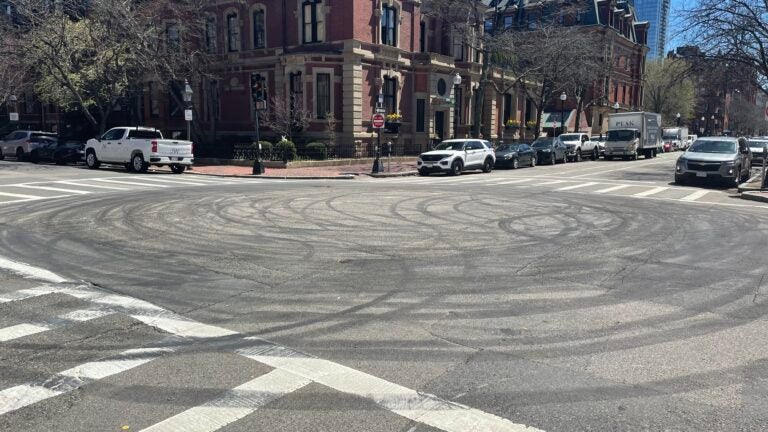5 things you probably didn’t know about the Head of the Charles
The Regatta has only been cancelled once.

Attracting thousands of fans each October along the banks of the Charles River, the Head of the Charles Regatta is a local tradition like few others. And it extends beyond the Boston area, attracting athletes from all over the world.
Famous for enduring the unpredictable weather of a New England fall, both competitors and spectators have witnessed a range of conditions over the decades. And given the caliber of athletes competing, the Regatta has also played host to a number of Olympians.
Yet there are still a surprising number of things that many race-watchers don’t know about the Head of the Charles. Here are a few:
It’s not as old as you probably think: While the Boston Marathon began in 1897, the Head of the Charles Regatta is far younger. Even with the considerable history associated with the universities involved (and their crew programs), it’s important to note that the Regatta did not begin until 1965.
It has only been cancelled once: The event has gone on, rain or shine, uninterrupted every year since its founding in ’65 with the notable exception of 1996. That year, a “100 year storm” broke over the region, pounding the Charles River with sustained winds of 32 mph (with gusts surpassing 50 mph). Record rainfall amounted to 5.66 inches. To add context to that, the total rainfall during every other Head of the Charles race through 2011 was 6.67 inches.
It has only snowed once: Another weather-related rarity in the race’s history pertains to snow. While weather conditions are known to be varied during the October Regatta, snow was surprisingly absent from the first 43 editions of the event. That streak ended in 2009, when large flakes fell on rowers mid-race.
Remember this? Snow at the #HOCR in 2009! pic.twitter.com/HRCBawiKNb
— Head Of The Charles (@HOCR) July 16, 2014
The original race buoys were Clorox bottles: Like many sports events that have grown to become celebrated and accepted as mainstream, the Head of the Charles had humble roots. As part of that, the original buoys that were used on the course were actually just Clorox bottles that were tied to bricks on the bottom of the river using string. Race volunteer Michael Todd explains in this video from the Head of the Charles YouTube page:
The scale: Since 1997, the Regatta has been a two-day event to accommodate the growing number of races. And what many onlookers don’t fully realize at first glance is that the event is enormous. The Regatta hosts more than 11,000 athletes in 55 different race events. Race organizers claim it is the biggest Regatta in the world, attracting up to 400,000 spectators (Boston’s population was 617,594 at the time of the last census).








Conversation
This discussion has ended. Please join elsewhere on Boston.com